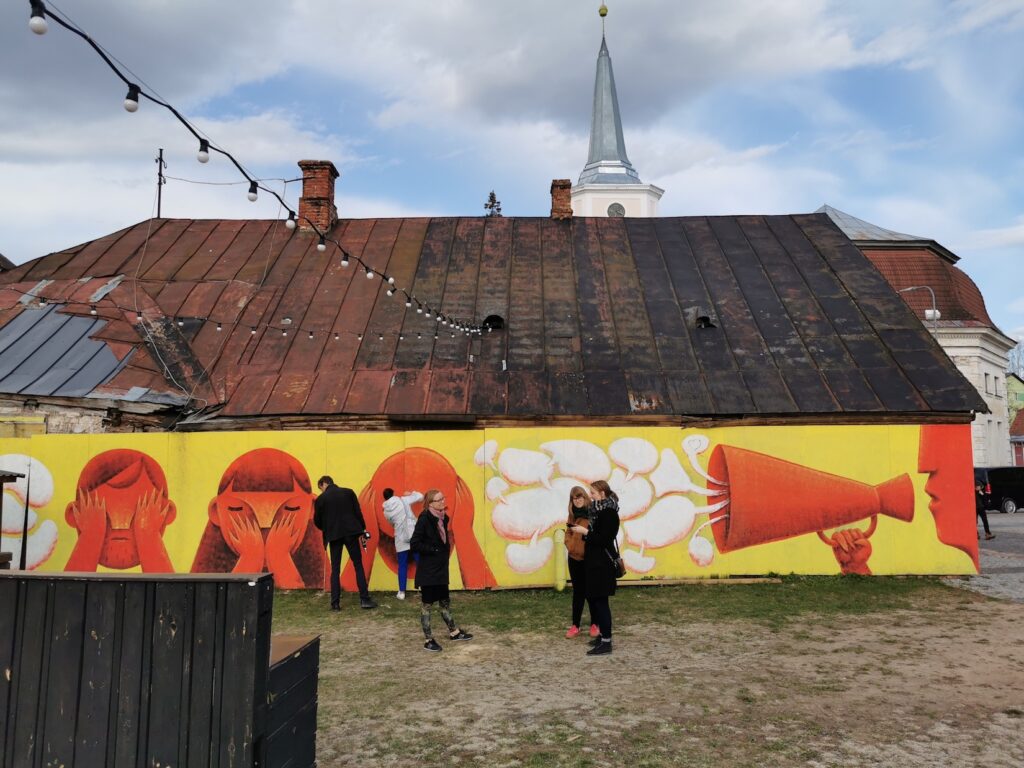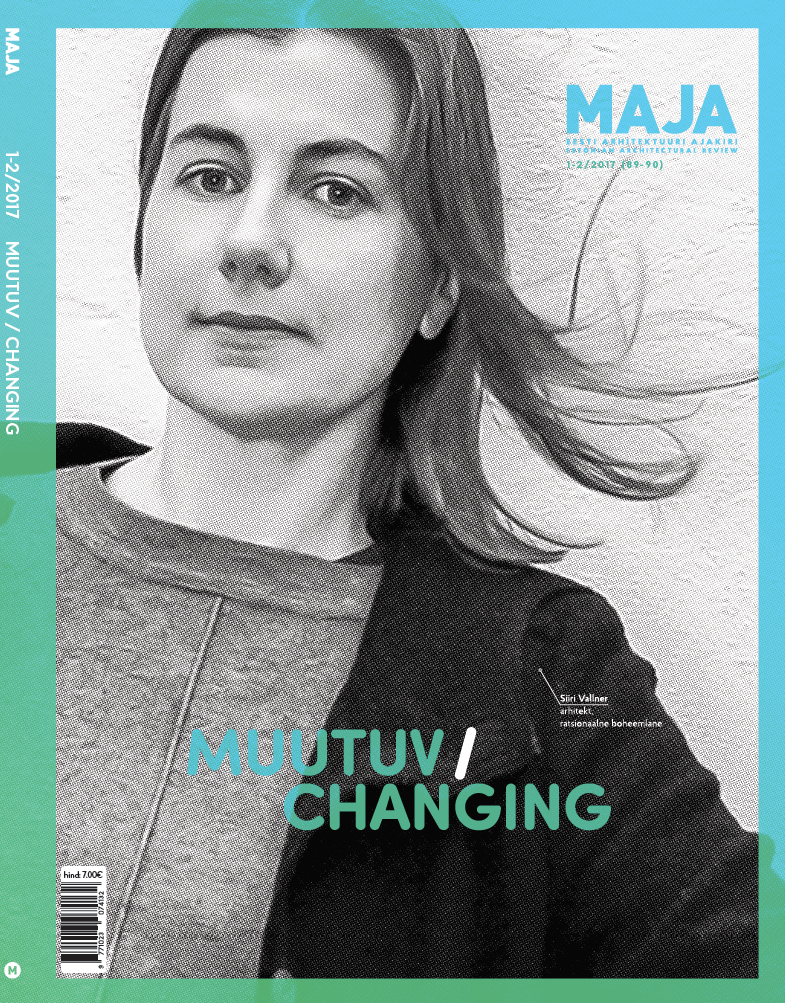Kaija-Luisa Kurik gives an overview of the results of a 30-months-long partnership project between the Estonian National Heritage Board and the Norwegian Directorate for Cultural Heritage, titled ‘Historic Town Centres Revitalised Through Heritage-Based Local Development’, and tries to decipher the increasingly close connections between heritage preservation, urban studies, and sustainable development.
Peatoimetaja Katrin Koov.
Norway is a country characterised by high voluntary activity, 78% of its 5.4 million inhabitants are members of at least one voluntary organisation, 48% are members of two or more. Volunteering is and has been an important aspect of Norwegian society, and in recognition of that, 2022 has been designated as the Year of Volunteering.1 During this year NGOs and smaller volunteering associations together with local, regional, and national governments have collaborated in highlighting the value of volunteering in Norway.
A city is a metonym for public space – it is modelled by the moral code of its populace and, conversely, each city frames the type of life it allows and inspires in its people. Some municipalities have begun to queer their city space as an expression of solidarity and global positioning.








